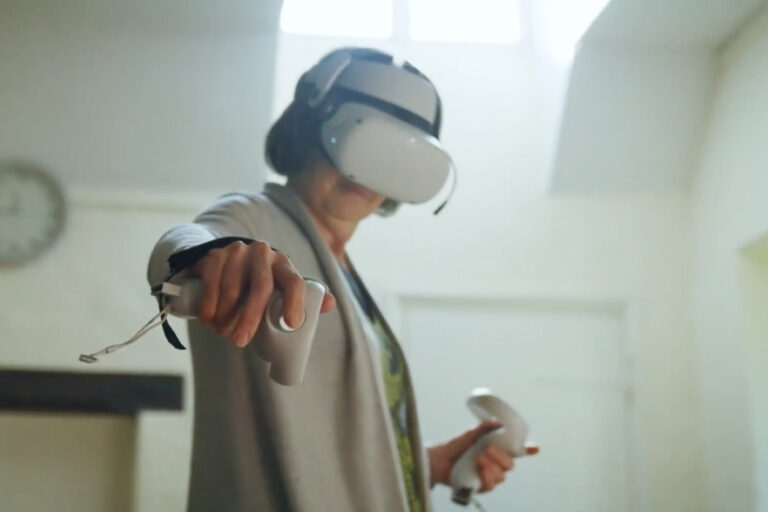
The healthcare industry continues to evolve, with technology playing a critical role in improving the quality of care across all sectors. Patient transport services, which are essential for ensuring that patients receive timely and safe care, are no exception. Advancements in technology have empowered patient transport services to become more efficient and responsive to the needs of patients and healthcare providers.
Innovations ranging from patient transport software like Rydecentral.com and real-time tracking systems to artificial intelligence (AI) and telemedicine are transforming the industry, enabling service providers to deliver better patient experiences and outcomes. Let’s explore how modern technologies are reshaping patient transport and making it faster, safer, and more reliable.
Real-time GPS tracking and route optimization
Real-time GPS tracking has become a cornerstone of patient transport. Its use enables providers to optimize routes, minimize travel times, as well as ensure prompt arrival at healthcare facilities. By using GPS and route optimization software, patient transport providers can dynamically adjust routes based on traffic conditions and weather changes. Apart from shortening transport time, this technology also improves fuel efficiency by reducing the transport services provider’s operational costs and environmental impact.
Improved communication and coordination with dispatch systems
A clear line of communication is essential to coordinate patient transport. Modern dispatch systems make this possible by allowing seamless communication between transport teams and dispatch centers as well as healthcare facilities.
This technology can be used to relay accurate information regarding patient status and estimated arrival times, ensuring that the receiving agency is ready to provide the patient the care they need. This level of communication minimizes delays in patient care and enhances overall efficiency, contributing to better patient outcomes.
Enhanced patient monitoring during transport
Portable patient monitoring devices are now a staple in patient transport. The use of these tools allows patient transport teams to continuously track vital signs like heart rate, oxygen levels, and blood pressure while patients are in transit. These devices can also alert personnel to any sudden changes in a patient’s condition, enabling swift intervention if necessary.
Some advanced systems can even send data directly to the receiving hospital. Receiving this information in advance allows doctors and nurses to monitor the patient’s status and prepare the necessary equipment or medical personnel ahead of time. Enhanced patient monitoring thus adds a crucial layer of safety, especially for high-risk or critically ill patients.
Predictive analytics for demand forecasting
Predictive analytics uses historical data and AI to anticipate future patient transport needs, and adopting it allows providers to allocate resources more effectively. By analyzing patterns such as peak times for seasonal fluctuations or specific healthcare facility demands, transport services can better manage their fleet and equipment availability. This foresight minimizes the risk of resource shortages and ascertains that transport services are readily available when needed.
Integration of telemedicine during transport
Telemedicine bridges the gap between patients in transit and healthcare professionals by enabling remote consultations and assessments, even when on the road. This technology provides a direct line to physicians who can assess and guide transport personnel on handling patient emergencies or complications that may arise mid-transport. This communication channel goes both ways. Through the use of video and audio-conferencing tools, transport teams can relay real-time patient data, which is especially valuable in cases where specialized care or immediate decision-making is required.
Enhanced safety and security with fleet management systems
It’s essential for patient transport services providers to see to it that there are enough teams and vehicles to respond to calls. Fleet management systems are key to achieving this goal, as this type of solution provides an all-encompassing platform for monitoring and maintaining the transport fleet’s safety and operational health.
These systems track vehicle diagnostics and maintenance schedules, and they can even take note of driver behavior to ensure that transport vehicles are in optimal condition. By identifying maintenance needs before they escalate into larger issues, fleet management systems can minimize the risk of breakdowns and accidents, thus providing safer journeys for patients.
Advanced scheduling and patient data integration
Scheduling software integrated with patient data systems simplifies the process of coordinating transport services. Advanced scheduling tools consider not just patient needs and their medical conditions but also hospital beds to ensure that patients are transported at times that align with their appointments and care needs.
These systems often link with electronic health records (EHRs), a feature that allows transport teams to access important medical information. Access to patient data during transit helps transport providers better accommodate specific care needs and maintain continuity of care, thereby enhancing the patient experience.
The integration of advanced technologies in patient transport services has led to notable improvements in efficiency, safety, and quality of care. For patient transport providers, these innovations offer valuable tools to improve service delivery and reduce costs without sacrificing patient experiences. As technology continues to evolve, patient transport services stand to benefit even more, ensuring that patients receive the timely and quality care they need.



